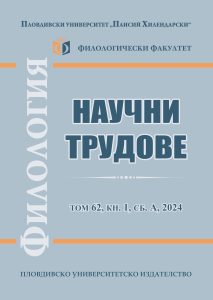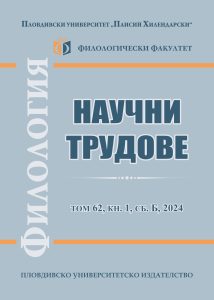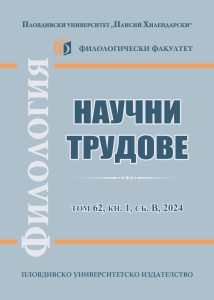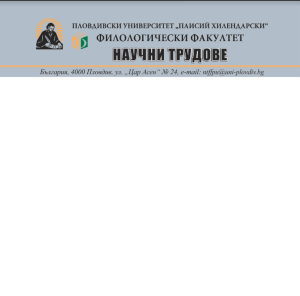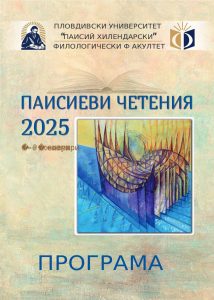VOL. 59, BOOK 1, PART А, 2021, pp. 277-287 Full text (Bg)
Author:
Vyara Naydenova
Affiliation: Paisii Hilendarski University of Plovdiv
Abstract
Many borrowings from Latin, Greek, Turkish, German and English, and Romanic languages have been taken from the Serbian (SL) and Croatian (CL) languages. In the process of adaptation of the verb borrowings to the language system, the receiving language (both SL and CL) uses different suffixes: -ова/ти, -иса/ти, -ира/ти, without fixing the combination of the considered word-formation devices as a rule. Thanks to its phonetic background and easy articulation, an increase in the frequency of the suffix – ира/ти is established not only in CL, as before, but also in SL, because this word-formation element can stand after all vowels and after all consonants, while -ова/ти (the local traditional most frequent suffix) and -иса/ти (from Greek) appear in certain phonetic (and semantic) conditions. In verb borrowings, the suffix -ова/ти serves to denote the meaning ‘I am engaged in something, I represent what is expressed by the motivating word; I spend some time in a certain place, I stay“, while the suffix -иса/ти stands out with its particular presence in verbs, borrowed mostly from Greek and Turkish, meaning professions, crafts, titles and positions.
Key words: adaptation of the verb borrowings from the Serbian and Croatian languages


